
What Muscles Do Cyclists Use: Improve Strength & Performance
Cycling is more than just a cardio workout—it engages multiple muscles throughout your body. While the legs do most of the work, your core and upper body are essential for stability and efficient power transfer. Understanding what muscles cyclists use, whether on a road bike or an e-bike, can help improve performance, increase endurance, and reduce the risk of injury.
What Muscles Do Cyclists Use
Cycling primarily engages the lower body and core muscles, with the quadriceps driving the downstroke, the hamstrings assisting the upstroke, and the glutes providing powerful support during climbs and sprints. The calves help stabilise each pedal stroke, while the hip flexors assist in lifting the legs. At the same time, the core muscles—abs, obliques, and lower back—maintain posture and balance, and the upper body muscles in the shoulders, arms, and back support the rider, absorb road vibrations, and improve control. Overall, cycling is a full-body workout that focuses on leg power, core stability, and upper-body support.
Primary Muscles Used in Cycling
Quadriceps (Front Thighs)
The quadriceps are the main muscles that power the pedal stroke during the downstroke. This group includes the vastus medialis, vastus lateralis, rectus femoris, and vastus intermedius. Strong quads improve pedaling efficiency and overall cycling performance.
Gluteus Muscles (Buttocks)
The gluteus maximus is the powerhouse of the pedal stroke, generating significant force, while the gluteus medius and minimus provide hip stability and lateral support. Exercises like squats and hip hinges can strengthen these muscles for better cycling power.
Hamstrings (Back Thighs)
The hamstrings, including the biceps femoris and semimembranosus, help with knee flexion and hip extension during the upstroke. They balance the quadriceps and ensure a smooth, efficient pedal stroke.
Calves (Lower Legs)
The gastrocnemius and soleus stabilize the ankle and assist with pedal flexion and dorsiflexion. High-cadence pedaling especially activates these muscles, improving leg speed and endurance.
Tibialis Anterior (Front of Shin)
Often overlooked, the tibialis anterior stabilizes the foot during the upward pedal stroke, helping maintain smooth pedal mechanics and balance.
Supporting Muscles in Cycling
Core Muscles
The core, including the rectus abdominis, obliques, and erector spinae, stabilizes the body during pedaling. A strong core improves posture, power transfer, and overall cycling efficiency. These are often referred to as secondary muscles used in cycling.
Upper Body Muscles
Arms, shoulders, and back muscles help maintain balance, support weight, and provide stability on the bike. While they contribute less to pedaling power, strengthening these muscles can reduce fatigue and prevent injury.
How Cycling Muscle Activation Varies by Riding Style
Cycling muscles are not used in the same way across all types of riding. Depending on your bike, terrain, and cadence, different muscles are recruited more heavily. Understanding how muscle activation varies by riding style can help you train more effectively and prevent fatigue or injury.
-
Road Cycling: Downstroke emphasizes the quadriceps and glutes, while high-cadence pedaling recruits calves and hamstrings for smoother and faster rotations.
-
Mountain Biking: Engages the whole body, including core and stabilizing muscles, to maintain balance and control on uneven terrain.
-
Gravel Riding: Requires smooth, controlled pedaling to maintain traction and efficiency on loose surfaces.
-
Track Cycling: Focuses on high cadence and leg speed, maximizing power output and enhancing leg strength.
How to Train Muscles for Cycling
Training the muscles used in cycling, both on and off the bike, is essential for improving power, endurance, and efficiency. A combination of strength exercises, on-bike drills, and proper recovery ensures that your muscles stay strong, balanced, and injury-free.
Off-Bike Strength Training
Strength training off the bike targets key cycling muscles to boost power and prevent imbalances.
-
Squats: Strengthen glutes, quadriceps, and hamstrings while engaging the core. Squats replicate the pedal stroke’s hip and knee movements, improving cycling power.
-
Single-Leg Deadlifts: Target hamstrings, hips, and lower back while correcting muscle imbalances. Working one leg at a time enhances balance and pedal efficiency.
-
Heel Raises: Strengthen calves (gastrocnemius and soleus) to improve ankle stability and pedal control. This helps maintain smooth, efficient pedaling, especially at high cadence.
On-Bike Training
On-bike exercises help muscles adapt to cycling movements and enhance performance.
-
Seated Force Efforts: Focus on quadriceps power during the downstroke. These efforts build leg strength for flats and sprints.
-
Standing Climbs: Engage glutes and hamstrings while generating more force per pedal stroke. Ideal for hill climbs and developing overall pedal power.
-
High-Cadence Drills: Activate hip flexors and calves to improve leg speed and pedaling efficiency. Fast pedaling helps smooth out the pedal stroke and boost endurance.
Stretching & Recovery
Stretching prevents tightness, reduces fatigue, and lowers injury risk.
-
Focus on hamstrings, quadriceps, hip flexors, and calves after each ride.
-
Proper recovery maintains flexibility, supports muscle repair, and improves overall cycling performance.
Outdoor Cycling vs Indoor Cycling for Muscle Training
To build muscle tone, your cycling muscles need to work against proper resistance. Outdoor cycling challenges muscles from multiple angles due to changing terrain, improving balance and engagement. Indoor cycling lets you control resistance precisely and combine rides with off-bike strength exercises.
Both outdoor and indoor cycling can tone muscles effectively when paired with proper nutrition. Stretching before and after rides helps prevent injury and aids recovery. Understanding what muscles cyclists use ensures you maximize strength, endurance, and muscle definition.
Boost Your Cycling Muscles with isinwheel Electric Bikes
isinwheel e-bikes engage key muscles like the quadriceps, glutes, hamstrings, calves, and core while riding. Perfect for commuting, hill climbs, or high-cadence training, they help control effort and maximize muscle activation, making every ride an effective workout.
|
Images |
 |
 |
 |
 |
 |
 |
|
Models |
||||||
|
Top Speed |
20 MPH |
20 MPH |
18.6 MPH |
21.7 MPH |
19 MPH |
20 MPH |
|
Peak Power |
500W |
500W |
500W |
500W |
500W |
750W |
|
Battery |
36V 7.8Ah |
36V 13Ah |
36V 7.8Ah |
36V 10.4Ah |
36V 10.4Ah |
36V 10.4Ah |
|
Max Range |
28 miles |
65 miles |
35 miles |
60 miles |
55 miles |
55 miles |
|
Speed (before unlock) |
10/15/25 km/h |
6/10/15/20/25 km/h |
10/15/25 km/h |
6/10/15/20/25 km/h |
6/10/15/25 km/h |
6/10/15/20/25 km/h |
|
Speed (after unlock) |
15/25/32 km/h |
10/15/20/25/32 km/h |
15/25/30 km/h |
6/10/15/20/35 km/h |
15/25/30 km/h |
10/15/20/25/32 km/h |
|
Brake System |
front and rear disc brakes |
mechanical brake |
disc brakes |
mechanical disc brakes |
dual disc brakes |
dual disc brakes |
|
Max Load |
120 kg |
120 kg |
120 kg |
150 kg |
120 kg |
120 kg |
|
Net Weight |
23.2 kg |
27 kg |
23.3 kg |
27kg |
26.5 kg |
28.4 kg |
|
Suspension |
Rear mid shock absorber |
Front suspension |
Adjustable front fork + comfort saddle |
Hydraulic fork |
Dual |
Aluminum front fork |
|
Max Climb |
20% |
37% |
25% |
20% |
20% |
20% |
|
Tire Size |
14×1.95" |
26×1.95" |
16×1.75" |
26×1.95" |
16×2.15" |
26×1.95" |
|
Tire Type |
Pneumatic |
Pneumatic |
Pneumatic |
Pneumatic |
Pneumatic |
Pneumatic |
|
IP Rating |
IPX4 |
IP65 |
IPX65 |
IPX5 |
IPX4 |
IPX4 |
|
Removable Battery |
No |
Yes |
No |
Yes |
Yes |
Yes |
|
Rider Height |
150–185 cm |
160–192 cm |
155–185 cm |
160–190 cm |
140–180 cm |
150–192 cm |
Why isinwheel E-Bikes Help Train Cycling Muscles
isinwheel e-bikes engage key cycling muscles, including quadriceps, glutes, hamstrings, calves, and core. Adjustable pedal assistance makes uphill climbs, long rides, and high-cadence sessions more effective for building strength and endurance. This targeted activation improves pedaling efficiency and overall cycling performance.
Riding an isinwheel e-bike, like the M10, enhances technique and power output on every ride. It lets cyclists feel and control the effort, ensuring muscles are fully engaged throughout the pedal stroke. Understanding what muscles cyclists use helps riders maximize the benefits of every e-bike workout.
Conclusion
The lower body provides the main power for cycling, while the core and upper body stabilize the rider and improve overall performance. Understanding what muscles cyclists use can help you train smarter, reduce the risk of injury, and make pedaling more efficient.
For the best results, combine on-bike training, off-bike strength exercises, and regular stretching. Riding an isinwheel e-bike, especially the M10, allows you to engage key muscles like the quads, glutes, hamstrings, calves, and core, making every ride an effective and controlled workout.
FAQs
What are the main muscles used in cycling?
Cycling primarily uses the quadriceps, glutes, hamstrings, calves, and tibialis anterior. These cycling muscles generate power during the pedal stroke, while the core and upper body stabilize the rider for efficient movement. Understanding what muscles cyclists use can help improve performance and reduce the risk of injury.
Which muscles get toned by cycling?
Cycling tones the legs, glutes, and core, giving strong and defined muscles. Regular pedaling, especially on hills or high-cadence sessions, engages the quadriceps, hamstrings, calves, and glutes. Strengthening these muscles improves endurance and overall cycling efficiency.
What muscles get weak from cycling?
Cycling alone may leave the upper body, hip flexors, and glutes underdeveloped if not supplemented with strength training. Sitting too long in the saddle can reduce glute activation, while the arms and chest get minimal workout. Incorporating off-bike exercises helps maintain balanced muscle strength.
How much biking equals 10,000 steps?
Cycling at a moderate pace (12–14 mph) for 35–40 minutes covers 8–10 miles, matching the benefits of 10,000 steps. This engages the legs, glutes, and core while boosting cardiovascular fitness. E-bikes let you adjust resistance to maintain effective effort.
The Latest Posts
Explore isinwheel products
City E Scooter | Off-Road Scooter
Fastest Scooter | Kids Scooters




















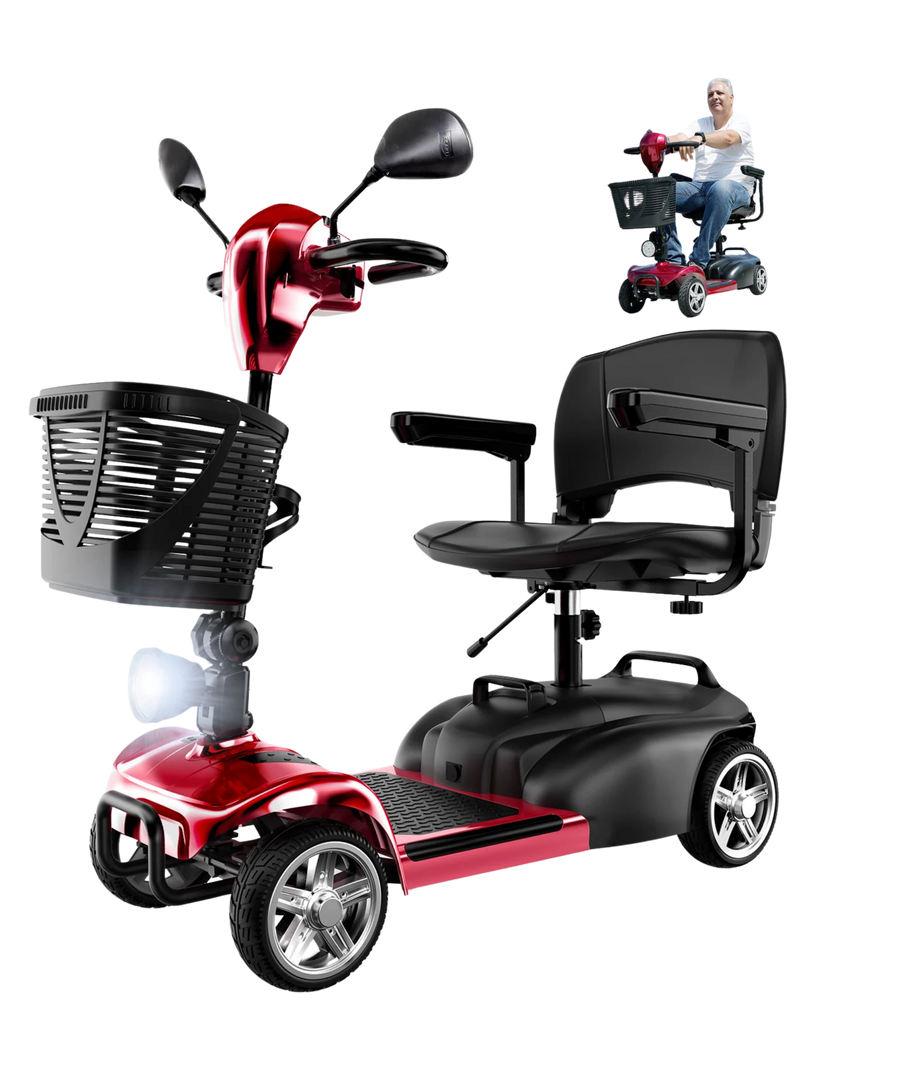
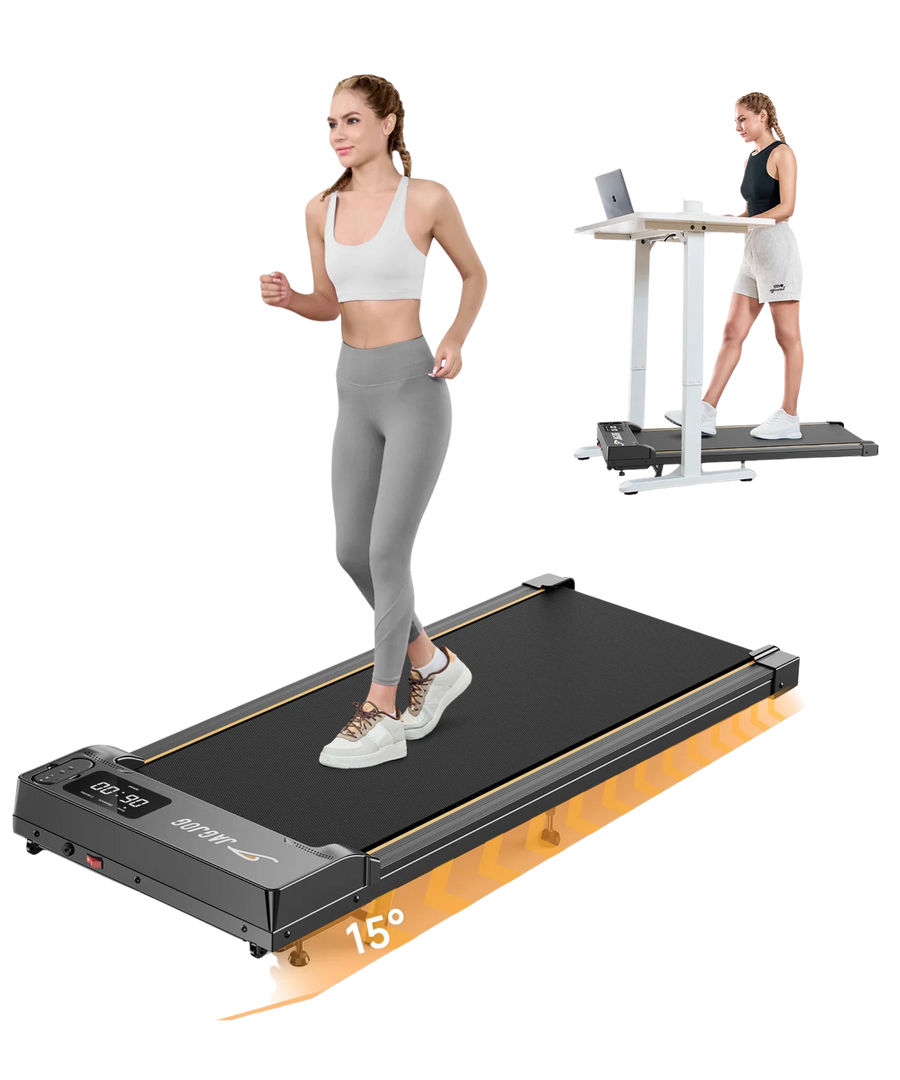

























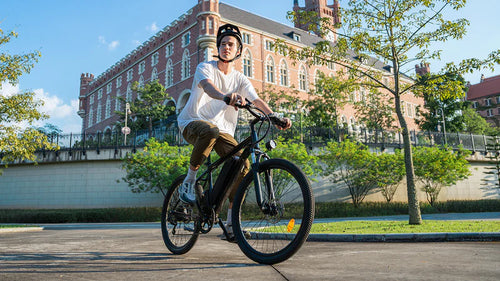
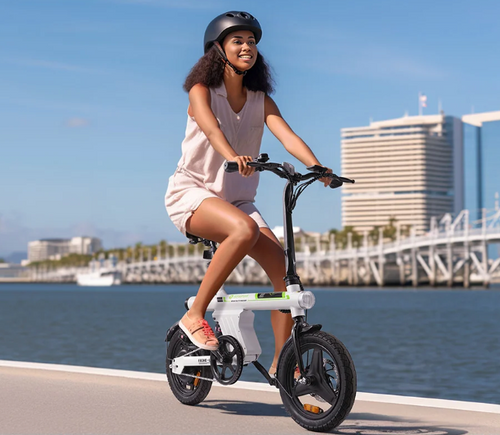


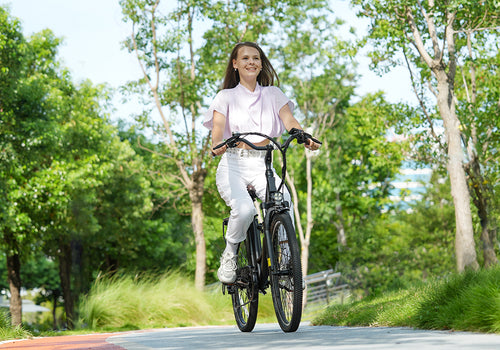
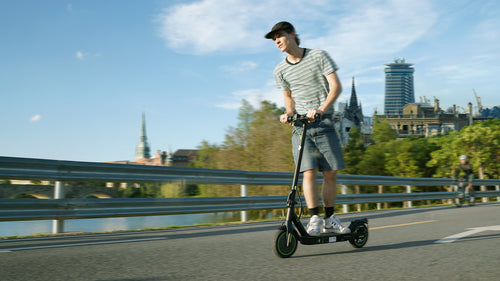


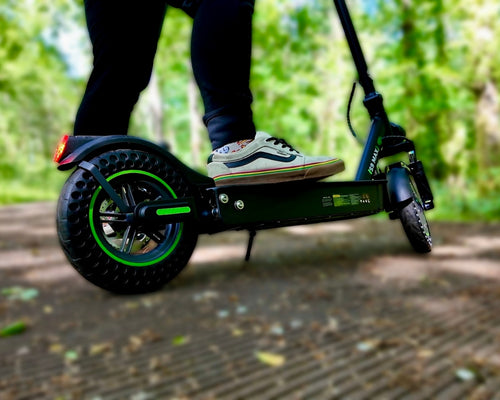
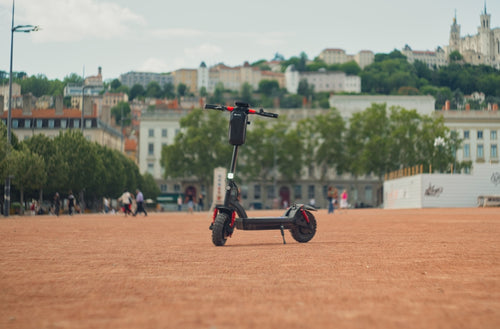
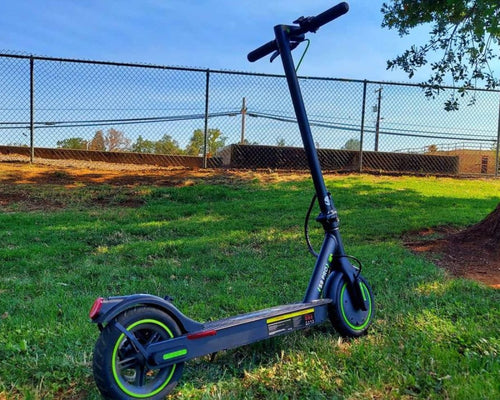





Leave a comment